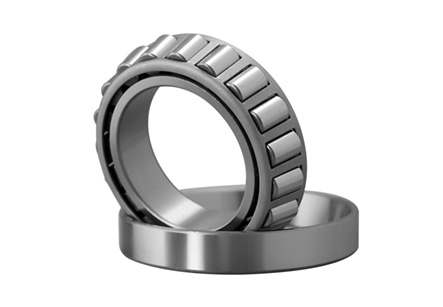A ball bearing is a kind of winding-rate bearing that makes use of balls in their inner ring for the purpose of bearing some rotating mass, typically with a reciprocating motion. The name came about because of its resemblance to the Latin word "balla," which means "rolled ball." Typically, the bearings we see on a number of common machines are made from cast iron; while others, such as those in toy versions, are made from an alloy of aluminium or steel. There are also some ball bearing designs that make use of a pulley system to allow for counter-rotation or to counter-clockwise rotation.
A number of unique characteristics of a ball bearing set it apart from other designs in the industrial realm. First of all, they have a low minimum safe speed of operation and a high maximum operating pressure. They also have a low rolling speed (also called torque), but one which is much higher than that of the rolling elements of some typical machines. Lastly, they have a fairly high contact area. This means that there are more possible points of contact in comparison to a roller or even a bearing that has less contact area. While these features are not generally a feature of all kinds of bearings, they tend to be present in all kinds of ball bearing designs, meaning that a number of different designs can be made with this feature in mind.
The high contact area is also useful in that it can allow the ball bearing to be used in situations where it would otherwise be hard to get the rolling elements onto the machine members. For example, the machine members may have to be spun around manually in order to get them on the bearing. In this case, if the ball bearing has a high minimum safe speed and a low maximum operating pressure, then it can be placed above the spinning shaft in order to have the machine members being driven onto it directly. While this is sometimes inconvenient, it can easily be done in many cases and will make the work of machine operation much easier overall.
High-performance ball bearing designs also tend to have other interesting features, which can help the system to use less energy than other designs. For one, they often feature what is called a radial design. This is simply a design that is created so that the surface of the balls have many small radii. Because the balls move at different speeds when they are being used, there will be times when they will hit friction points, where the balls will slow down and begin to lose speed until they reach a stationary point. By using a design like this, the ball bearing can maintain its speed and continue moving without any of these unwanted slowdowns.
There are many different types of plastic ball bearings that can be used for these kinds of applications. A good example is the kind that is called a gasketed plastic cage bearing. While the cages might not have very deep grooves on them, they do have fine-looking patterns cut into them. When the inner surface of the bearing is lubricated with oil or grease, the patterned plastic can become smooth enough to allow any kind of fluid to run through it without having any friction.
All of these main parts make up the ball bearing itself, which is basically just a large circle made up of numerous circular grooves. The inner race and outer race are what allows the system to use the proper amount of friction to move the main parts. In a nutshell, the ball bearing plays an important role in many different industries. It is present in telecommunications, aerospace, power-generating machinery, and a wide variety of other different types of machinery.


